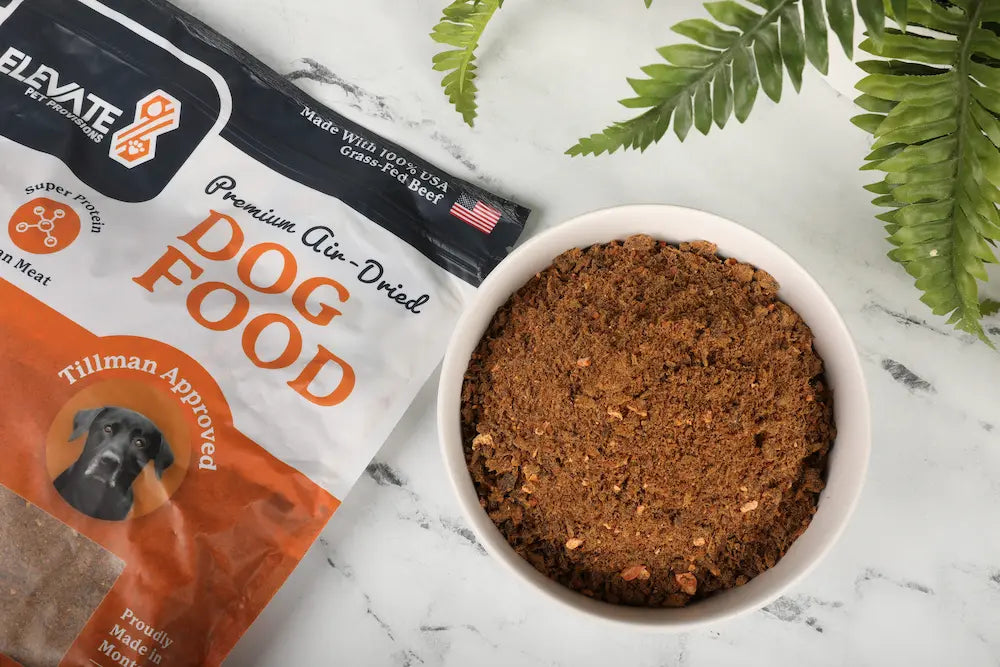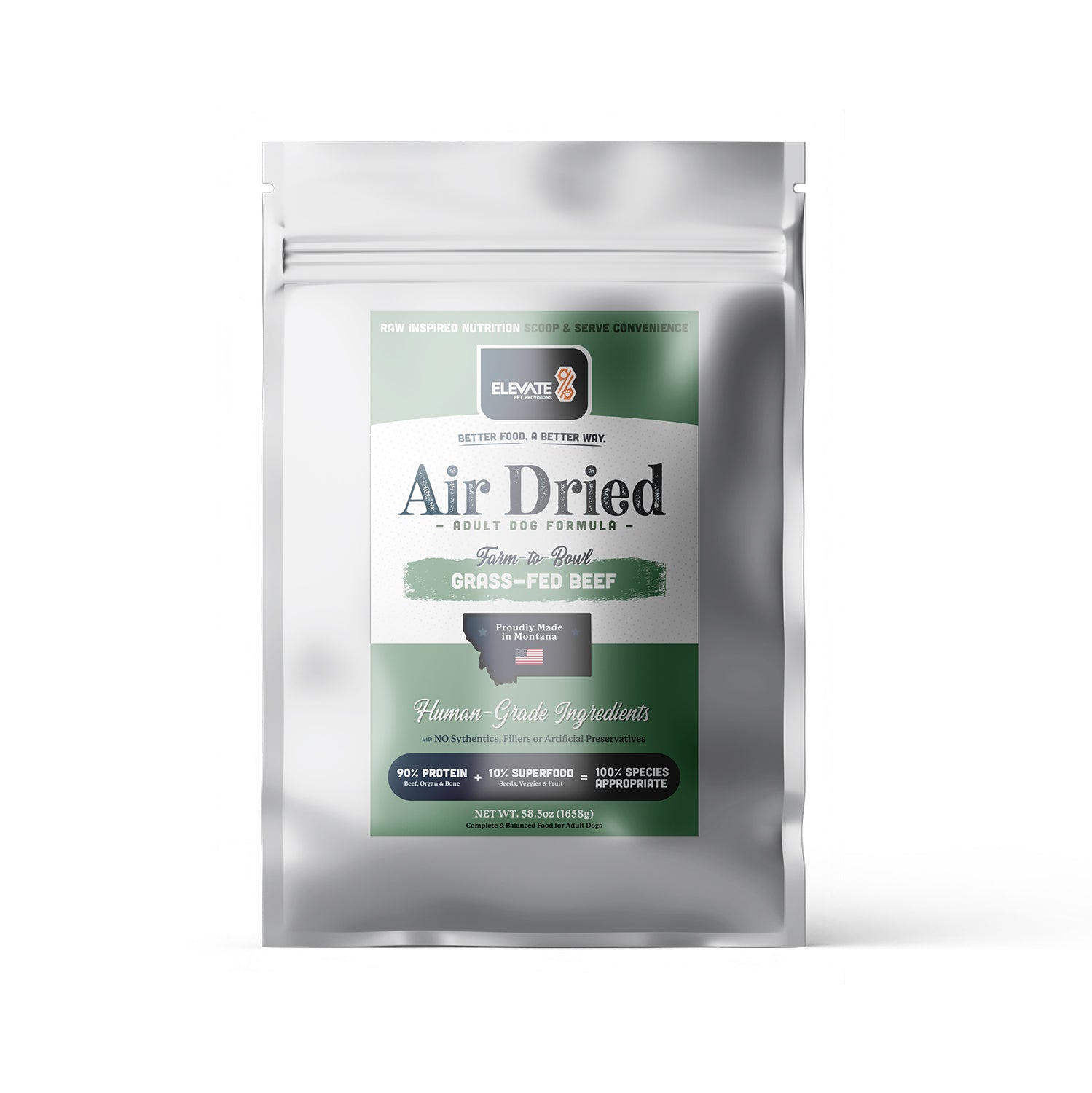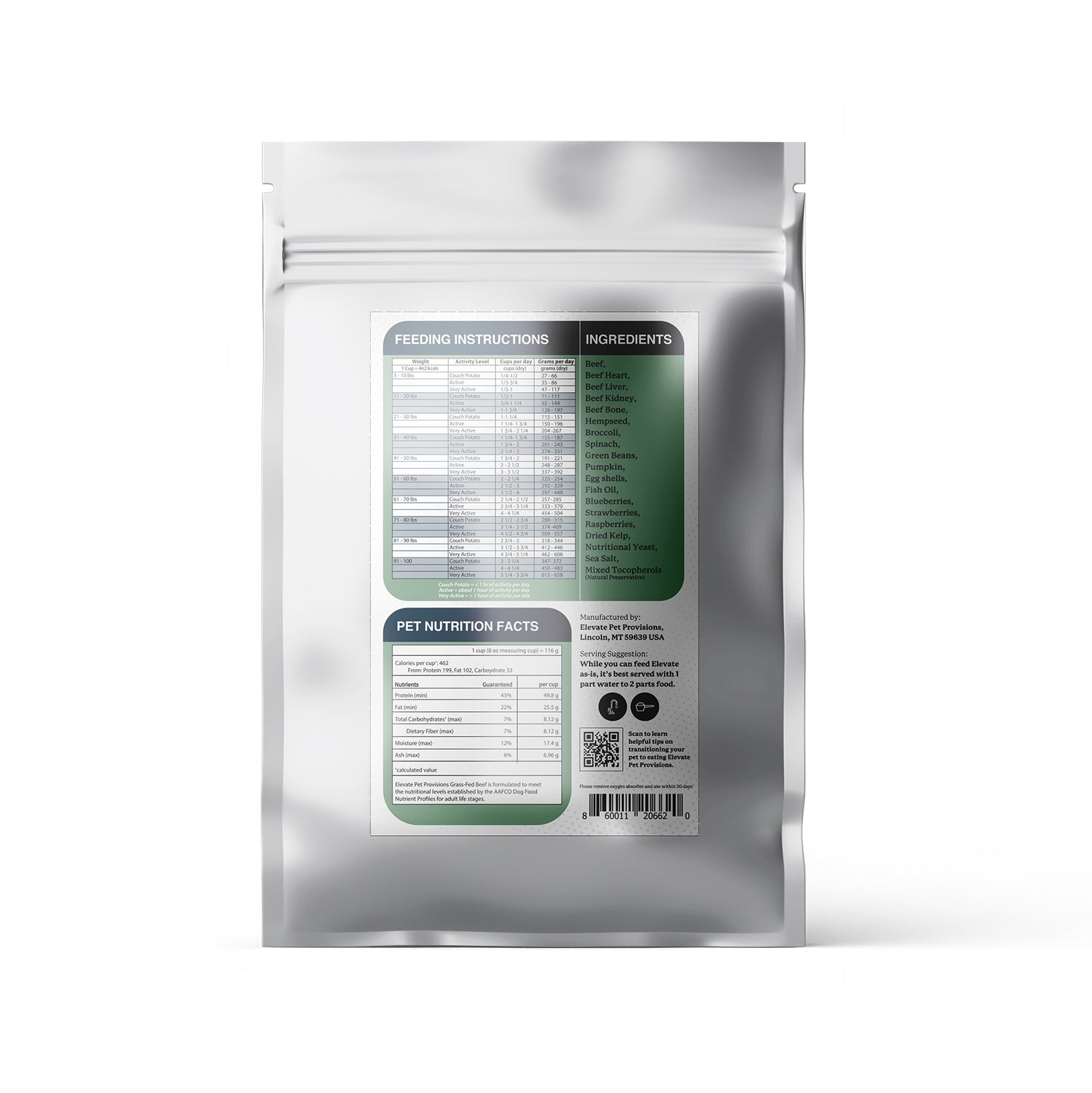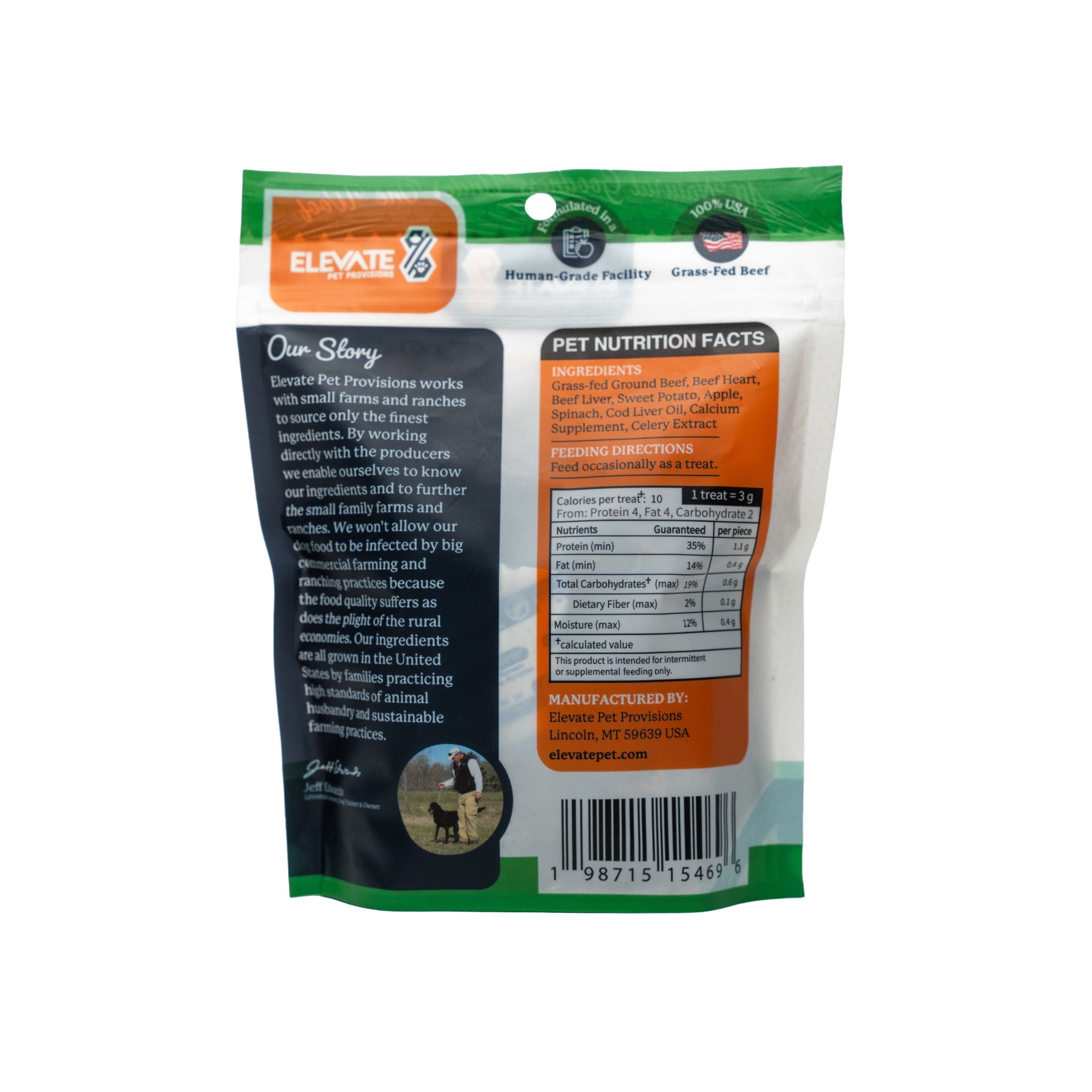How Dog Food Kibble Is Made and Its Impact on Nutrition
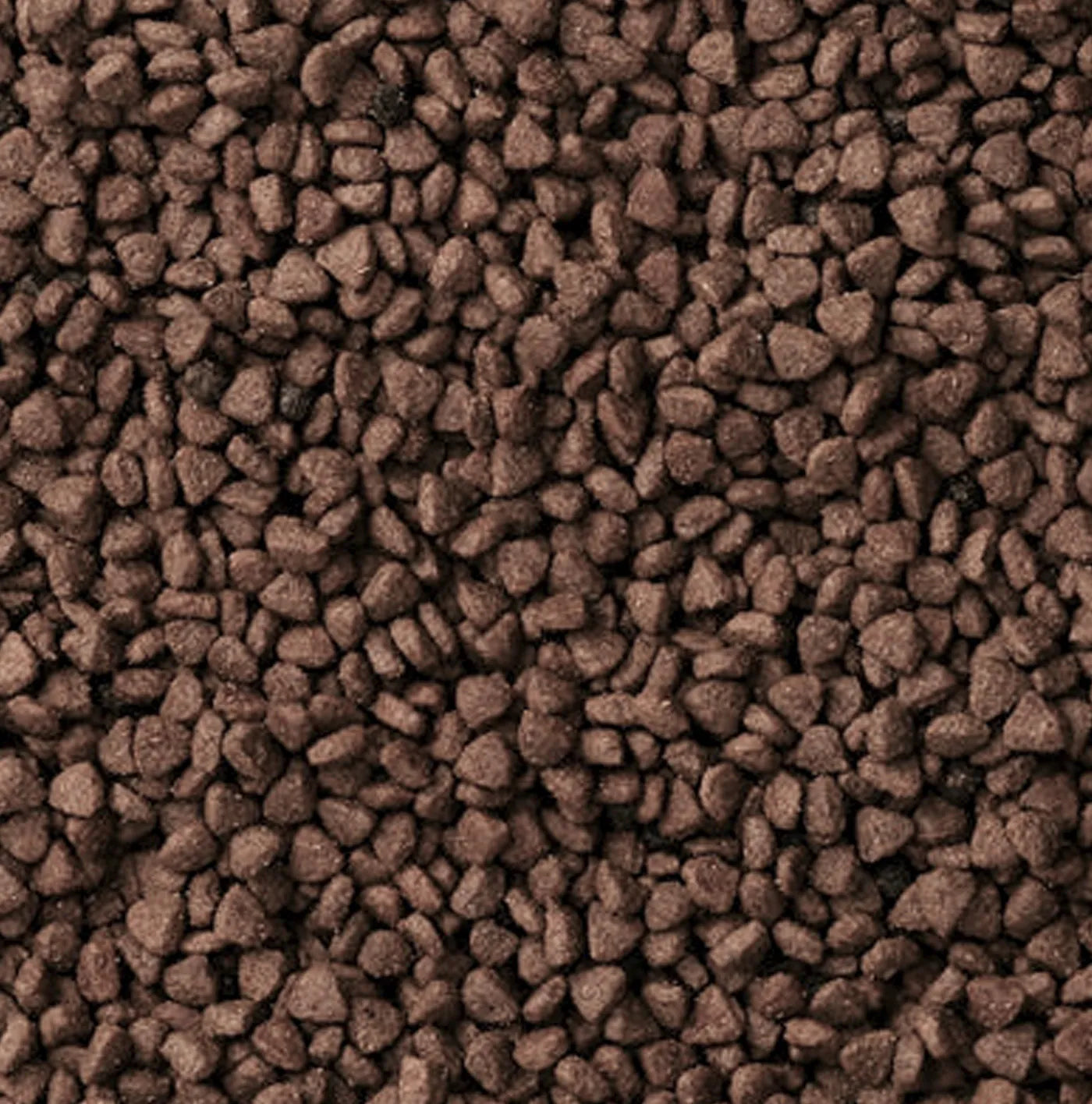
Dog owners often rely on kibble as a convenient and seemingly nutritious option for feeding their beloved pets. However, have you ever wondered how this ubiquitous pet food is actually made? In this blog post, we'll delve into the manufacturing process of dog food kibble and explore how this process can impact the nutritional quality of the final product.
The Manufacturing Process: Dog food kibble typically begins with a blend of ingredients, including meat, grains, vegetables, and additives. These ingredients are mixed to form a dough-like consistency. This mixture is then subjected to high heat and pressure through a process called extrusion.
Extrusion involves forcing the dough through a machine known as an extruder, which cooks the mixture at high temperatures and shapes it into the familiar kibble form.
During extrusion, the intense heat and pressure can cause significant changes to the nutritional composition of the ingredients. For example, vitamins and minerals may be degraded, and proteins may become denatured. Additionally, some nutrients may be lost due to the exposure to air and light during the manufacturing process.
Loss of Nutrients and Quality: One of the main concerns with the manufacturing process of dog food kibble is the loss of essential nutrients and overall reduction in quality. The high temperatures used in extrusion can lead to the destruction of heat-sensitive vitamins, such as vitamin A and vitamin E. Furthermore, the processing can also reduce the bioavailability of proteins, making them less digestible for dogs. Moreover, the use of low-quality ingredients and additives in some commercial dog foods can further compromise the nutritional quality of the final product. Fillers, preservatives, and artificial flavors may be added to enhance palatability and shelf life, but they contribute little to the overall health and well-being of dogs.
The Impact on Dog Health: The nutritional deficiencies resulting from the manufacturing process of dog food kibble can have significant implications for dog health. Dogs may not receive adequate levels of essential nutrients, leading to deficiencies and related health issues such as poor coat condition, digestive problems, and weakened immune function. Additionally, the reliance on heavily processed ingredients and additives may increase the risk of food sensitivities and allergies in some dogs. Furthermore, the high carbohydrate content of many commercial dog foods can contribute to obesity and other metabolic disorders.
While dog food kibble offers convenience and affordability for pet owners, it's essential to be aware of the manufacturing process and its impact on nutritional quality. As pet owners, we can prioritize the health and well-being of our furry companions by choosing high-quality, minimally processed foods whenever possible. By understanding how dog food kibble is made and its potential shortcomings, we can make more informed decisions about what to feed our dogs for optimal health and vitality.




